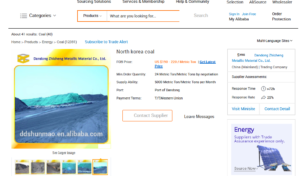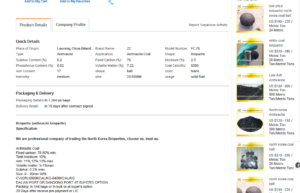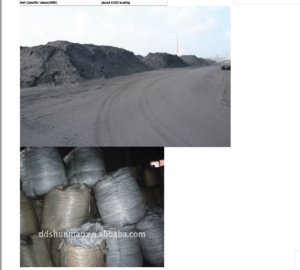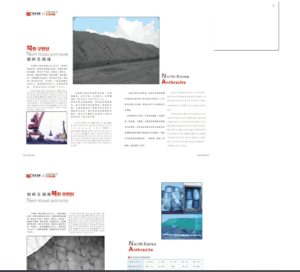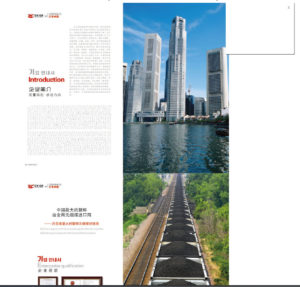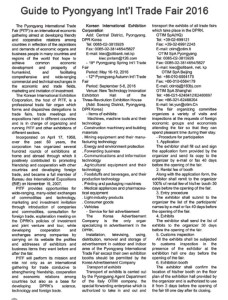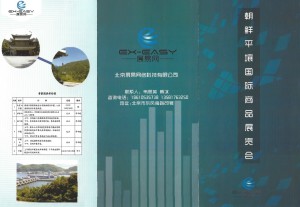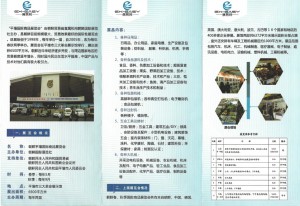By Benjamin Katzeff Silberstein
Despite firm promises from Chinese officials of full sanctions enforcements, reports from Daily NK suggest that iron ore is still being exported in substantial quantities from North Korea. Sanctions allow imports of iron ore when proceeds benefit “livelihood purposes,” but this seems to be a very difficult criteria to ensure in practice:
Thousands of tons of iron ore exports from the North are pouring into China daily, despite UN Security Council sanctions issued in April that ban states from procuring minerals from the regime unless related to “livelihood purposes”, Daily NK has learned.“The Chinese regions facing Musan County in North Korea are teeming with thirty- and forty-ton trucks loaded with iron ore,” a source in China with knowledge of North Korean affairs told Daily NK in a telephone conversation on August 11.Sources in North Hamgyong Province corroborated this news.The trucks, he added, are mostly transporting iron ore to a classification yard near Helong City in China. In the past, the railways near Helong running along the Tumen River border area were not frequently utilized. But recently China added express freight trains on this route, presumably to facilitate more expedient transport of North Korean iron ore to local steel mills. More broadly, the source asserted the development indicates Beijing’s future intentions to expand trade with the North.Connecting dozens of 100-ton freight cars, the express trains transport some 2,000 tons in a single shipment, with several round trips transpiring daily. Moreover, the source noted, “Some cargo trucks transport goods from Musan Mine across the submerged bridge on Tumen River directly to steel mills in China.”The partially underwater bridge, made by connecting slabs of rock large enough to permit vehicular transport, was constructed in the early 2000s to facilitate the Sino-North Korean iron ore trade industry. However, following the implementation of strong global sanctions earlier in the year, iron exports plummeted, rendering the bridge obsolete.More recently, however, this crude piece of infrastructure is experiencing a resurgence, coming as quite a surprise to local Chinese residents. The source explained that goods passing through Chilsong Customs are checked thoroughly, item by item. Customs officers at the underwater bridge, on the other hand, merely record the total number of shipments passing through, making it the preferred conduit for proscribed goods.The general rise in trade can also be noted in Dandong, the gateway to 70 percent of trade between the North and China. A source in the city told Daily NK earlier in the month that after the reopening of the aging Sino-North Korean Friendship Bridge, after yet another round of repairs, the volume of shipments has been on a steady uptick.“Roughly 1,000 trucks, each with a 20-ton loading capacity, are laden with diverse goods and pulling into Sinuiju daily. That’s more than a ten-fold increase,” she said.

